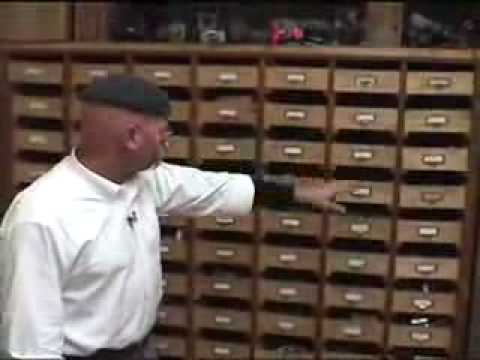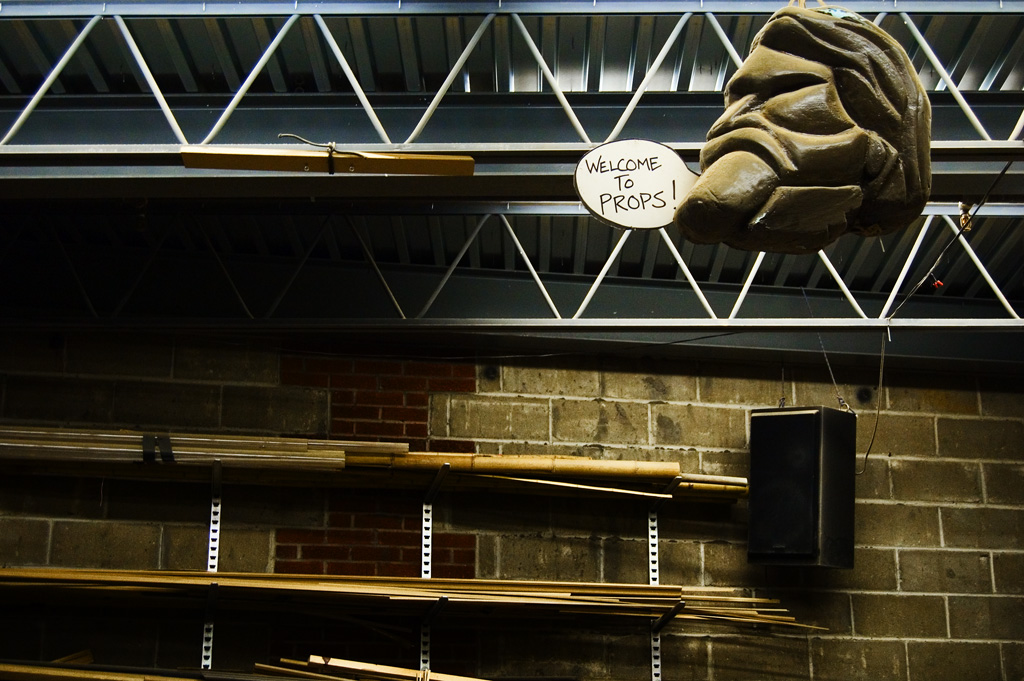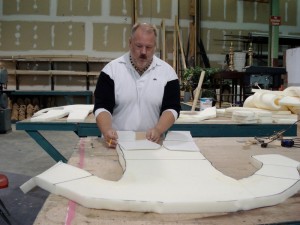John sent me a link to his Props on Paper site. John is the head of props at the Grand Theatre in London, Ontario. He has a large number of paper props he has produced from over a dozen shows.
There are a number of other sites which have collections of downloadable paper props. You don’t necessarily need to search for theatre props; there are large communities of replica prop makers and role-playing game prop makers with all manner of documents available online.
The H.P. Lovecraft Historical Society has a number of replica paper props from the early twentieth century, such as telegrams, drivers licenses, and library cards. They also have a nice section on making paper props.
P.I. Vintage has a lot of photographs from their Spy and Private-Eye Museum. Some are too small to be useful, but clicking through will find you many gems.
The Propnomicon blog has a number of posts on paper props.
A great source for researching vintage ephemera is eBay. Though it can be hit or miss, it’s one of the few sites where hundreds of people are uploading photographs of actual historic relics. You can search for your specific prop need, or search for “vintage ephemera“, or browse the Collectibles category.
You can also find a large number of actual historical documents online, which you can adapt for your use. For example, say you’re dressing a New York City apartment building, and want some realistic documents hanging in the lobby.
Continue reading Props on Paper →




